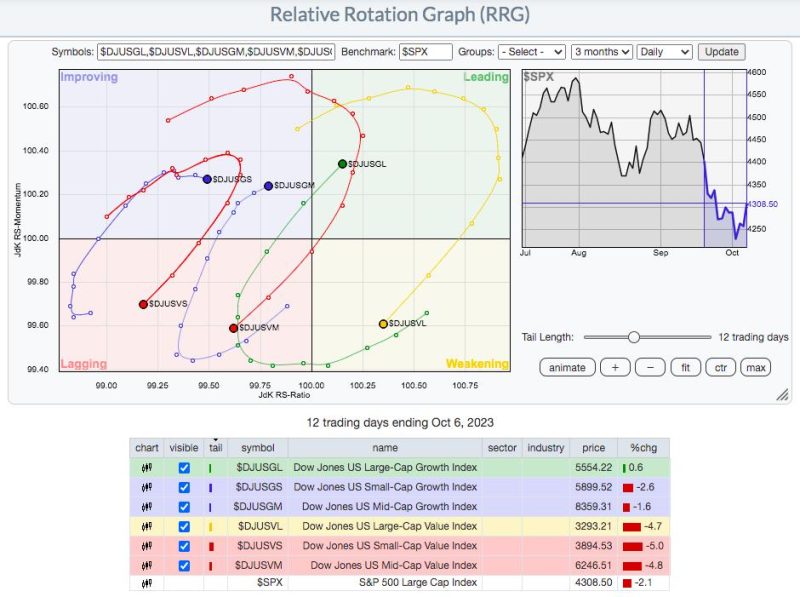The U.S. Federal Reserve is cautiously watching the markets after seeing an explosion in growth stocks as investors started to shun safe-haven assets in favor of high-growth tech stocks.
Early last week, the Russell 2000 Growth Index (RRG) surged an impressive 8.2%, far outpacing the lower 1.7% gain of the Russell 2000 Value Index (RRV). This marked the largest one-week differential between the growth and value indices in history.
The huge disparity between the two indexes is drawing attention to the value versus growth debate, and renewed the conversation about the Federal Reserve’s policies. Despite the fact that the Fed has kept rates low to stimulate the economy, growth stocks seem to be outperforming without any government assistance.
The disparity between the growth and value indices provides insight into investor sentiment. Investors seem to be embracing risk-averse behavior and seeking out the strongest, most promising stocks. This is largely due to the “stay-at-home” pandemic economy, where investors have an abundance of cash and little faith in traditional stocks.
Tech stocks like Microsoft, Apple, and Amazon are a great example of this trend. Microsoft’s shares, for example, hit an all-time high this week, despite the fact that earnings fell 2.5% in the second quarter.
The Fed is cautiously watching the markets and is trying not to rock the boat too much. The president of the Federal Reserve Bank of St. Louis, James Bullard, said that the central bank is “waiting and watching” in order to see how the market adjusts.
The success of the growth stocks shows that investors are willing to take risks, and that the Fed’s dovish monetary policy isn’t necessarily driving the markets. It will be interesting to see how the Fed responds if the markets become too frothy and unstable. For the moment, it seems that the Fed is in a holding pattern as it attempts to gauge the volatile markets.
